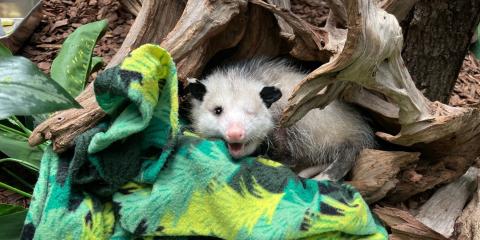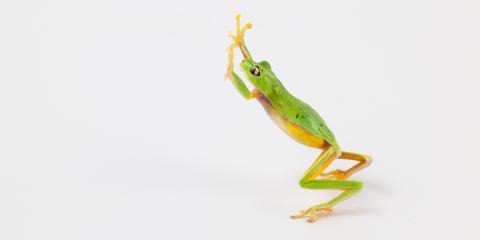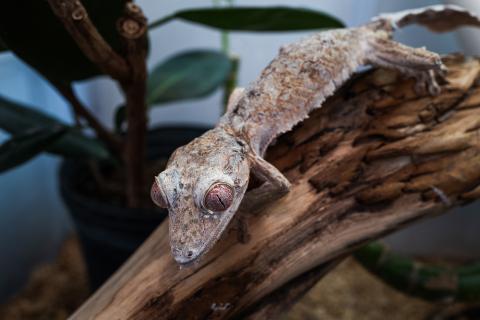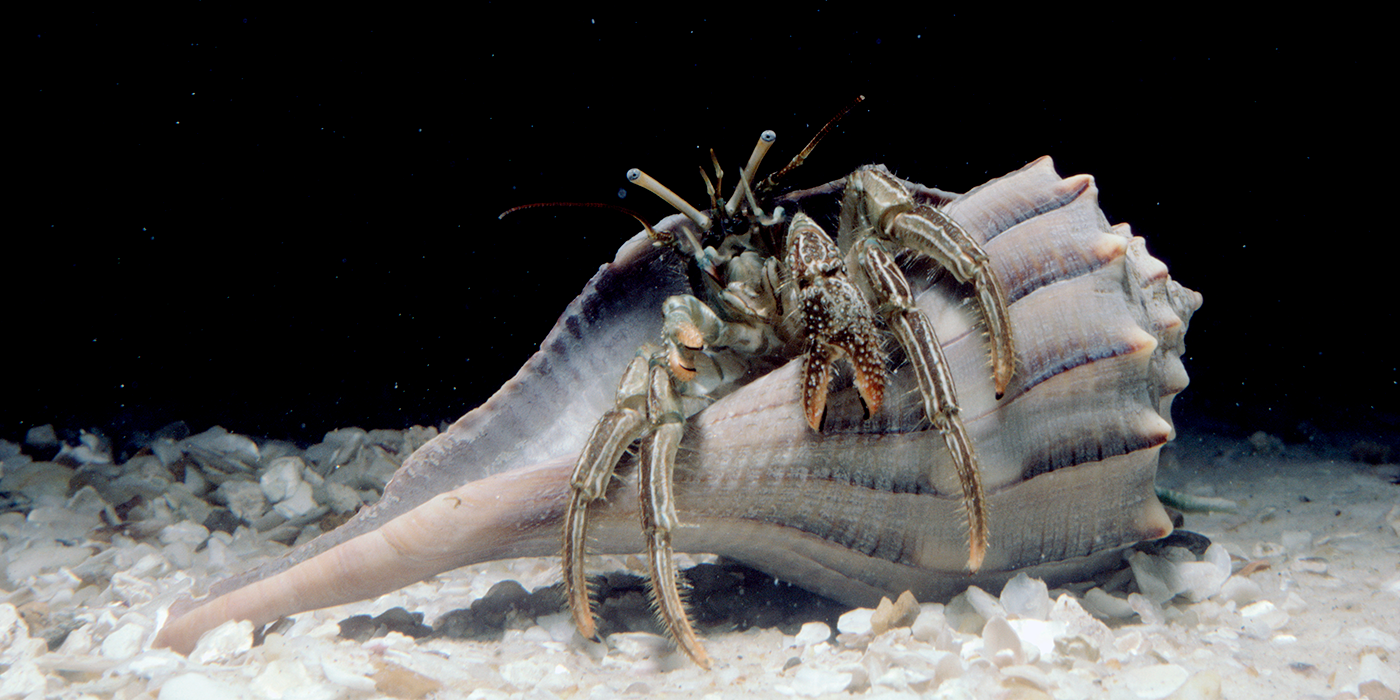Physical Description
Size
Native Habitat
They are found in a wide variety of coastal habitats, including bays, mangrove swamps, sandy beaches, mud flats, intertidal and other shoreline areas. They are tolerant of brackish water and more saline ocean water, and in both temperate and tropical climate zones.
Populations of this crustacean can be found all along the Atlantic Coast, ranging from the U.S. state of Virginia down to Brazil.
Communication
Food/Eating Habits
Sleep Habits
Social Structure
Striped hermit crabs are fairly social crustaceans, and share territory with other crabs with few issues.
Reproduction and Development
When ready to mate, the male will tap lightly on the shell of the female. Following copulation, the female lays a mass of eggs called a sponge, which she carries around on her abdomen. These sponges can include between 1,000 and 30,000 individual eggs, each of which is about half a millimeter long. A female can produce these egg clutches several times over the course of a breeding season.
After a few weeks, the eggs hatch into a larval stage, forming tiny planktonic organisms that transition into several more developmental stages—four swimming larval stages and one post-larval stage called a glaucothoe—before metamorphosizing on the ocean floor and finally becoming hermit crabs.
Conservation Efforts
Help this Species
- Practice ecotourism by being an advocate for the environment when you’re on vacation. During your travels, support, visit or volunteer with organizations that protect wildlife. Shop smart too! Avoid buying products made from animals, which could support poaching and the illegal wildlife trade.
- Choose your pets wisely, and do your research before bringing an animal home. Exotic animals don’t always make great pets. Many require special care and live for a long time. Tropical reptiles and small mammals are often traded internationally and may be victims of the illegal pet trade. Never release animals that have been kept as pets into the wild.
- Organize or attend a stream, river, lake or other waterway cleanup in your area to preserve aquatic habitats for local species.
- Avoid single-use plastics, such as plastic bottles, bags and utensils. Choosing reusable options instead can help reduce plastic pollution.
- Protect local waterways by using fewer pesticides when caring for your garden or lawn. Using fertilizers sparingly, keeping storm drains free of litter and picking up after your pet can also improve watershed health.
Animal News

Remembering Basil, Our Virginia Opossum

Happy Amphibian Week 2025


